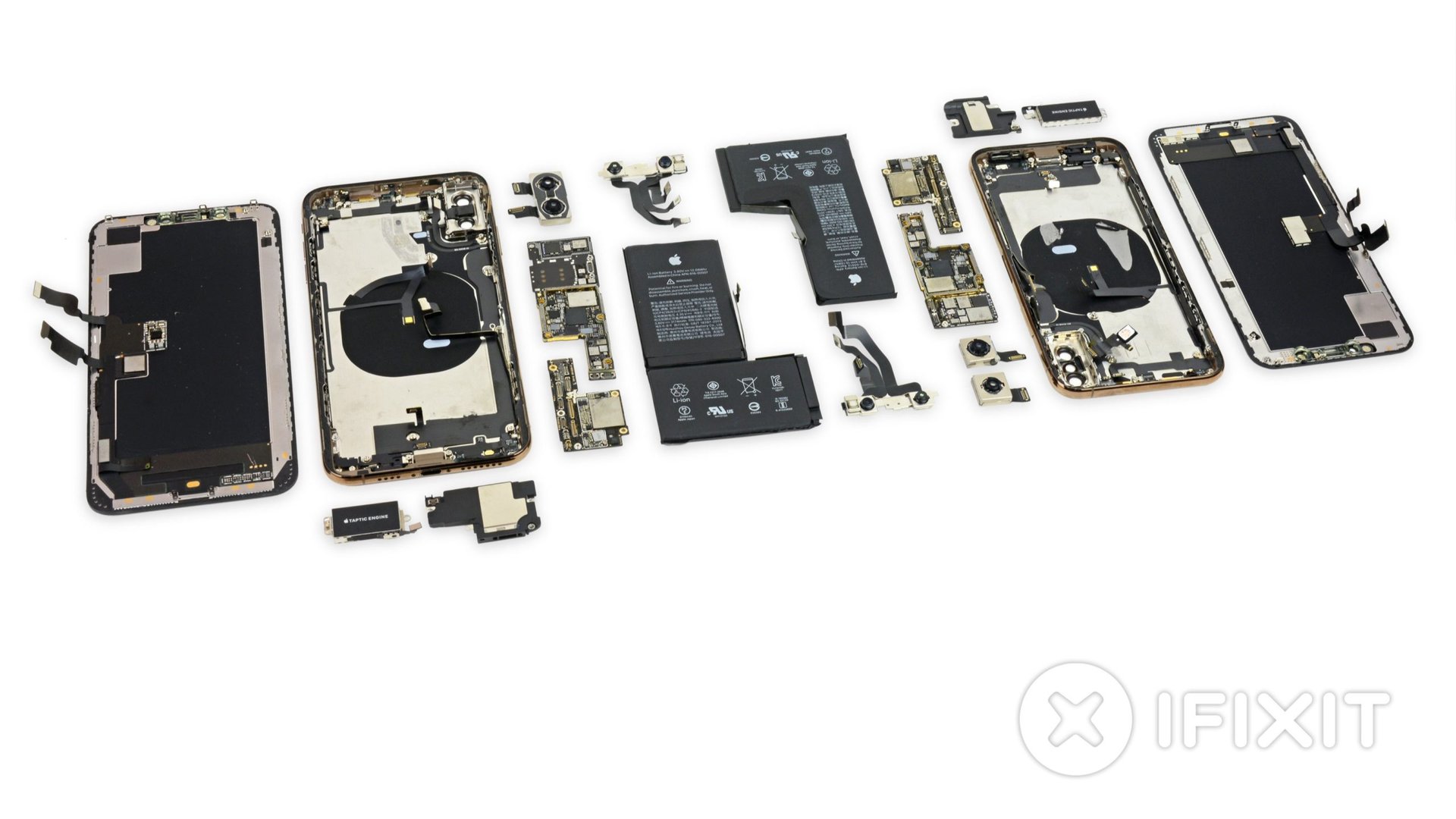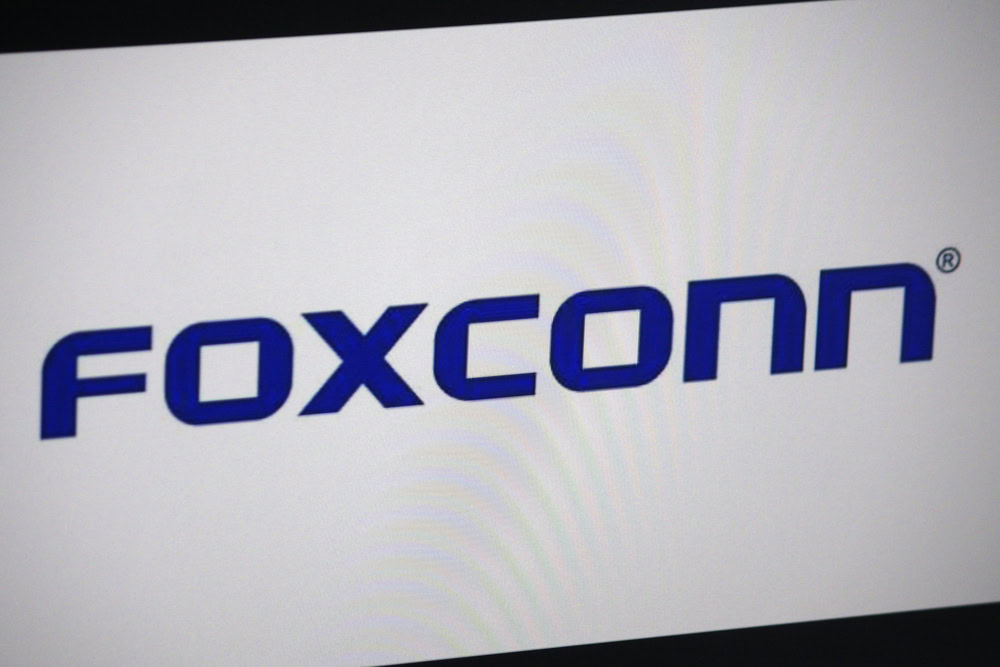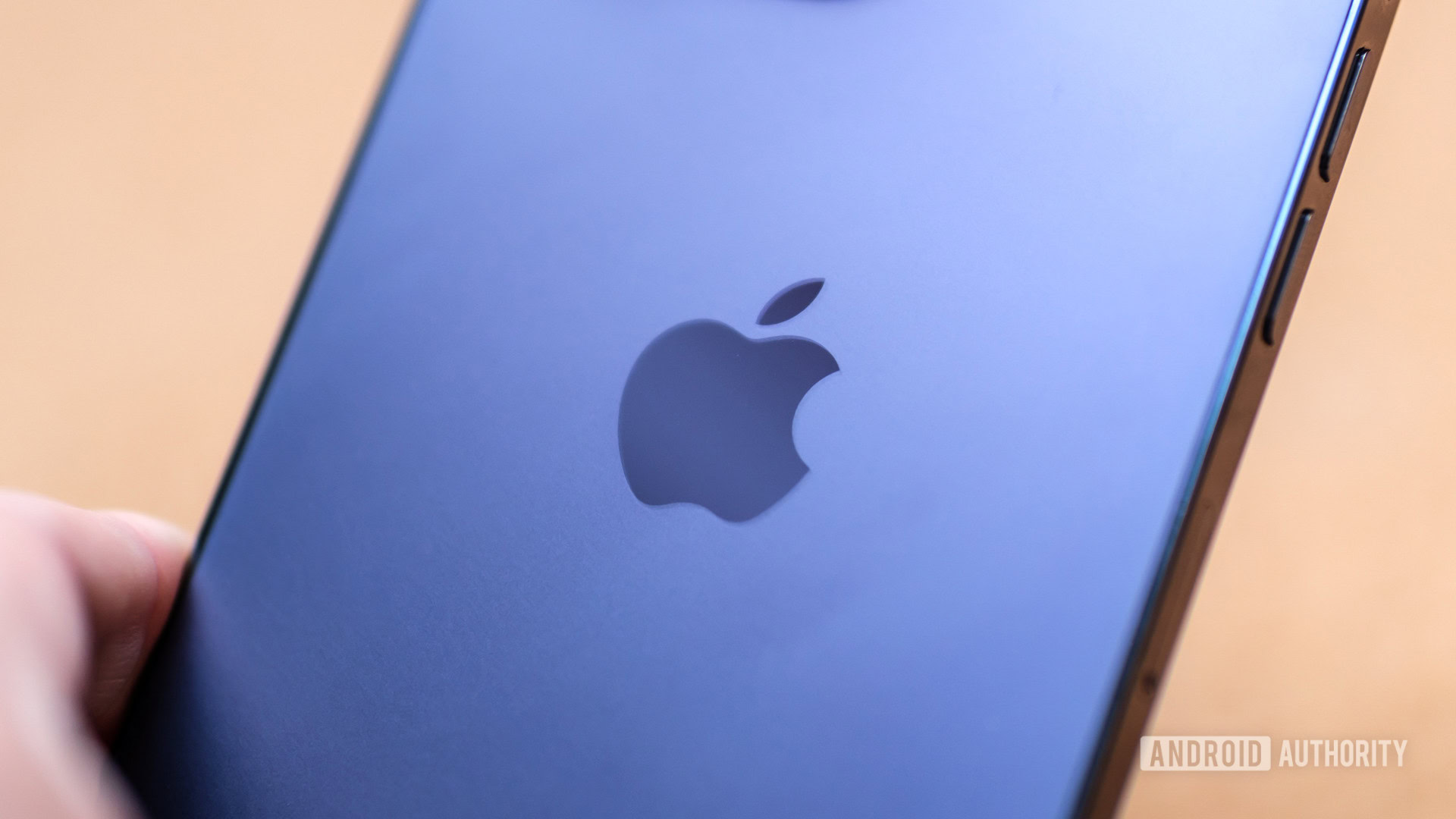Where is the iPhone made? From components to final assembly
David Imel / Android Authority
It goes without saying that the iPhone is the most widely recognized smartphone in the world. Apple ships nearly a quarter billion units each year and the company commands a market share of nearly 20%. With so many phones flying off shelves year after year, you may be wondering: where is the iPhone made, and how does the latest model reach customers so quickly each generation? Let’s break it down.
Before assembly: Where do iPhone components come from?

While it’s tempting to take the Made in China text on an iPhone at face value, not everything that goes into making an Apple product comes from one place.
The iPhone’s display, for example, is made by either Samsung or LG in South Korea. The flash memory and DRAM, on the other hand, likely come from Kioxia’s factories in Japan. And the Gorilla Glass that protects the screen could make its way from a Corning factory in the USA, Taiwan, or Japan. Apple’s A-series SoC, meanwhile, is custom silicon designed in California but manufactured by Taiwanese company TSMC. And we’ve barely even scratched the surface with this list so far.
The iPhone relies on electronic components sourced from various countries, including the USA.
Apple also relies on third parties for smaller, sometimes custom-made components like power management ICs, USB microcontrollers, wireless chipsets, and OLED drivers. These can be sourced from large companies such as Broadcom and Texas Instruments as well as smaller manufacturers in Southeast Asia. Elsewhere in the world, Apple has even tried to secure raw cobalt directly from miners to ensure that shortages don’t affect its ability to manufacture iPhone batteries.
The choice of supplier matters a great deal and it’s not just for quality control reasons either. Apple, alongside other Silicon Valley giants, has been accused of relying on child labor and unethical mining practices to cut costs. It goes without saying that such allegations could result in expensive lawsuits and negative publicity for the company.
Final production: Where are iPhones made and assembled?

Ryan Haines / Android Authority
With singular components out of the way, who makes the iPhone before it reaches you? Factories in China once assembled every single iPhone, but that’s starting to change now.
Still, most factories dedicated to assembling the iPhone remain in China. The largest one, operated by manufacturing partner Foxconn, is located in Zhengzhou and employs over 300,000 workers. By many accounts, the complex resembles a mini city more than a typical industrial site. That’s not surprising given that Foxconn reportedly assembles over half a million iPhones in a single day here. But that may not last forever as Apple looks to move some production to neighboring countries like India and Vietnam.
Apple has diversified its iPhone production outside China of late, with India and Vietnam emerging as top choices.
Apple isn’t the only consumer electronics company that has diversified outside China of late. Samsung and Xiaomi have found great success in other Asian countries too. The China Plus One strategy has become a popular business strategy as companies look to achieve lower operating costs and lower their reliance on a single region.
Both Asian countries offer benefits to foreign investors looking to set up manufacturing facilities. They also offer geopolitical and economic stability — factors that severely affected Apple’s iPhone production in China. These bottlenecks even forced the company to put out a press release warning of longer wait times for deliveries.
Why does Apple assemble products in Vietnam?
Vietnam is strategically located for global shipping — the country is in close geographic proximity to Apple’s existing supply chain footholds such as China, Taiwan, Japan, and others. It also has free trade agreements with other East Asian countries and is a member of the Association of Southeast Asian Nations (ASEAN). Finally, Vietnam’s entire economy is built on exports. From agricultural products to clothing to electronics, the country has benefited greatly from Western companies diversifying outside China.
Apple is moving a big chunk of iPad, Macbook, and Airpods production to Vietnam.
Apple is not completely new to Vietnam either — the company already assembled smaller products like wired EarPods in the country. And according to a source quoted by Nikkei, Apple began assembling the AirPods in Vietnam in March 2020. That was quickly followed by the higher-end AirPods Pro. Now, Apple is moving a significant percentage of iPad, MacBook, and Apple Watch production to Vietnam too.
The Cupertino giant plans to achieve these goals through its manufacturing partners Foxconn, Pegatron, and Wistron. According to local news reports, Apple had started assembly at 11 factories run by various manufacturing companies in Vietnam as of early 2022. Around that time, Foxconn also won a license from the Vietnamese government to build a $270 million assembly plant in the province of Bac Giang, less than 50 miles from the capital city of Hanoi. The facility will reportedly have enough capacity to ship eight million laptops and tablets per year.
Why is the iPhone now made in India?

India, Apple’s second favored manufacturing destination, offers strong incentives for local manufacturing compared to many of its neighbors. The government’s Make in India initiative has been a runaway success. In 2020, it launched a $6 billion production-linked incentive scheme that rewards brands for setting up domestic manufacturing of smartphones and electronic components.
Android brands like Xiaomi, Oppo, and Samsung have already joined the Make in India initiative through a combination of in-house and third-party manufacturing facilities. Some examples of the latter include Bharat FIH and Dixon Technologies, which assemble Xiaomi and Samsung smartphones.
Given these success stories, it’s no surprise that Apple aims to follow suit. It also helps that its biggest partner, Foxconn, already has a strong presence in India. The aforementioned Bharat FIH is a subsidiary of Foxconn Technology Group.
The Indian government offers smartphone makers various financial incentives to set up domestic factories.
Apple’s decision to move its assembly lines to India could also increase the iPhone’s market share in the region. Currently, India levies a 22% customs duty on imported smartphones. This makes the iPhone significantly more expensive in the country than in most Western markets.
With local production, however, Apple can sidestep these high import fees and could pass on the savings to consumers. In fact, the company has already followed this strategy with previous-generation iPhone models, which it already assembles in the country. Even though the latest iPhone sells at a significant price premium in India, older models often get deep discounts — likely due to the aforementioned tax breaks.
By assembling the iPhone in India, Apple can sidestep high import fees and build domestic market share.
With the iPhone 14, Apple began assembling current-generation iPhone models in India for the first time. The company tapped Foxconn for the job, specifically the latter’s Sriperumbudur factory in the state of Tamil Nadu. However, Apple only opted to move a small percentage of its iPhone 14 production from China to India — an estimated 5% right after launch.
Who will make Apple products like the iPhone in the future?

Robert Triggs / Android Authority
Even with Apple’s migration to South and East Asia, the bulk of the company’s production facilities will remain in China. Several key electronic components are still sourced from the region. Moreover, China still has a great deal of manufacturing infrastructure already in place. However, the country’s dominance will likely shrink over time. Still, Apple’s existing factory partners stand to benefit either way as they will continue to build and operate facilities even outside China.
We’ve already discussed why Apple may want to shift assembly to Vietnam and India in the coming years. Financial forecasts expect the transition to happen sooner rather than later. A JPMorgan analyst said the following in a note to the company’s clients:
Vietnam is emerging as the production hub for components (camera modules) and EMS of smaller-volume products (Apple Watch, Mac, iPads) and is already a major destination for AirPods manufacturing. For iPhone EMS, India appears to be the location of choice for diversifying the supply chain away from China.
The analyst further estimated that Apple will relocate around 25% of its iPhone production to India and 65% of AirPods assembly to Vietnam by 2025. Other products that could also see some assembly move away from China include the iPad, MacBook, and Apple Watch.
To conclude, there’s no single answer as to where the iPhone gets made. While final assembly only takes place in two or three countries, the iPhone’s individual components and raw materials come from nearly every corner of the world.
For all the latest Technology News Click Here
For the latest news and updates, follow us on Google News.
